Anamorphic format is the cinematography technique of shooting a widescreen picture on standard 35 mm film or other visual recording media with a non-widescreen native aspect ratio. It also refers to the projection format in which a distorted image is "stretched" by an anamorphic projection lens to recreate the original aspect ratio on the viewing screen. (It should not be confused with anamorphic widescreen, a different video encoding concept that uses similar principles but different means.) The word "anamorphic" and its derivatives stem from the Greek words meaning formed again. As a camera format, anamorphic format is losing popularity in comparison to "flat" (or "spherical") formats such as Super 35 mm film shot using spherical lenses; however, because most movie projectors use anamorphic projection format, spherical format negatives are commonly converted into anamorphic prints for projection.
In the years since digital cinema cameras became commonplace, anamorphic has experienced a considerable resurgence of popularity, due in large part to the higher base ISO sensitivity of digital sensors which allows shooting at deeper stops.
info: wiki/Anamorphic_format
This is my shots using EIKI anamorphic Adapter 16F and 135mm SUPER TAKUMAR in a EOS 6D camera
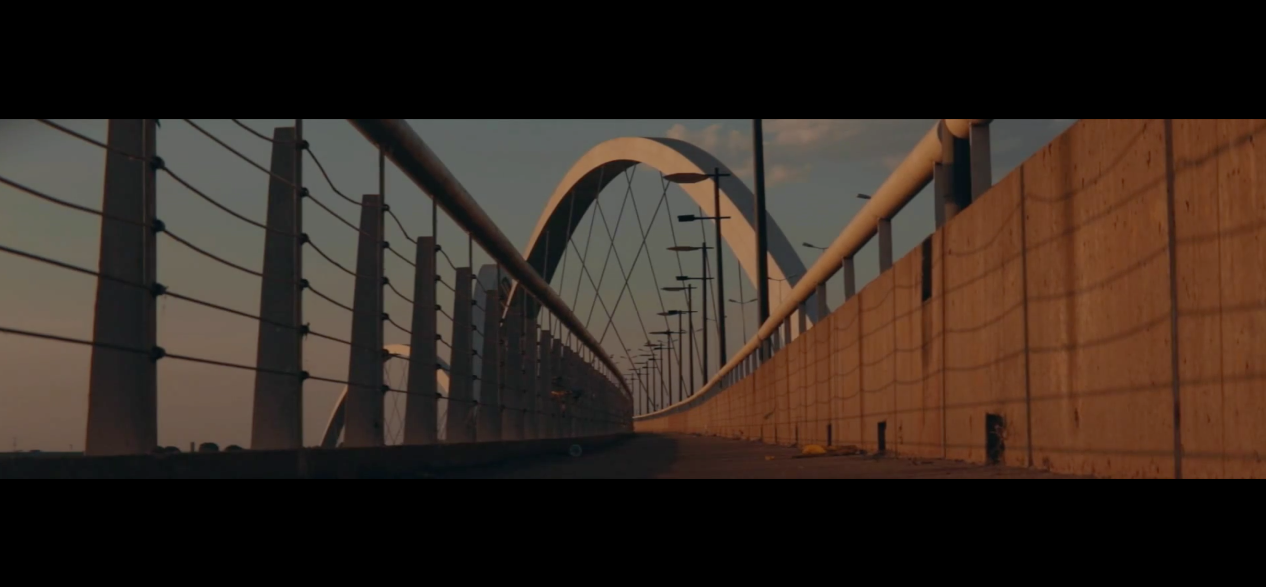
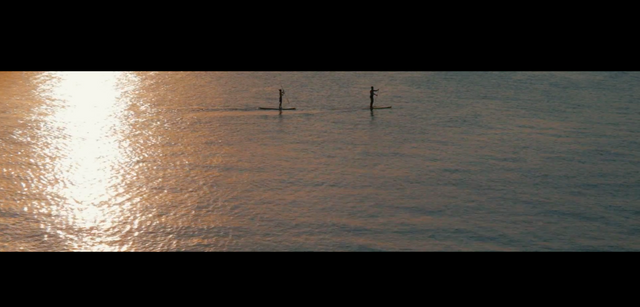
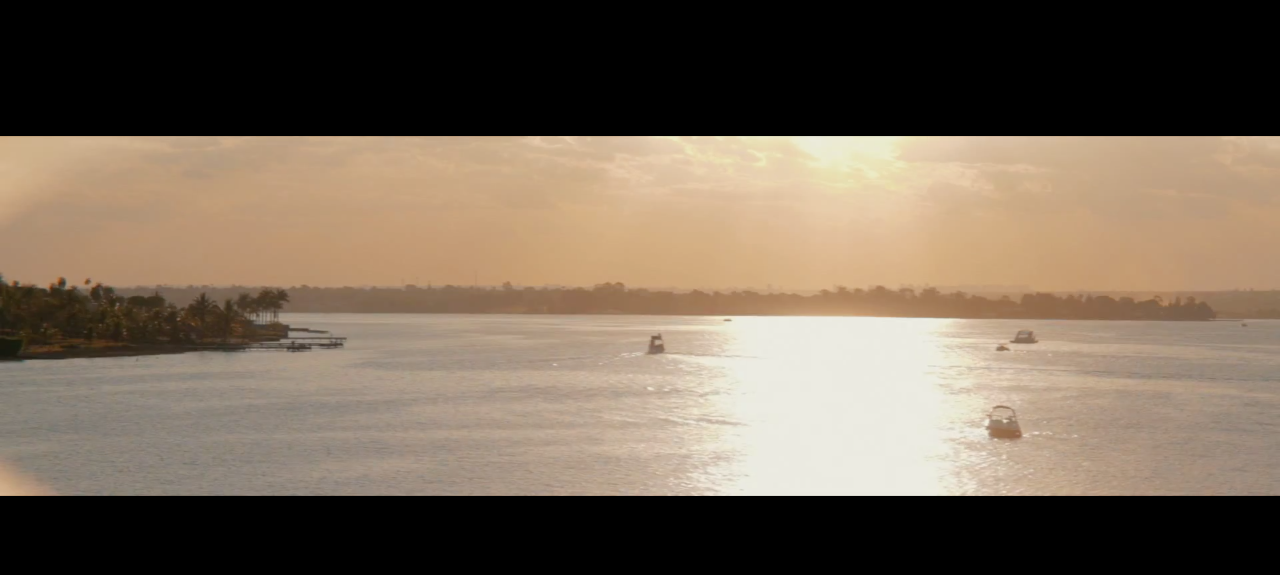
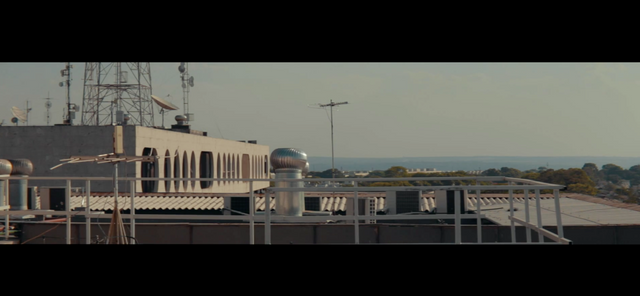
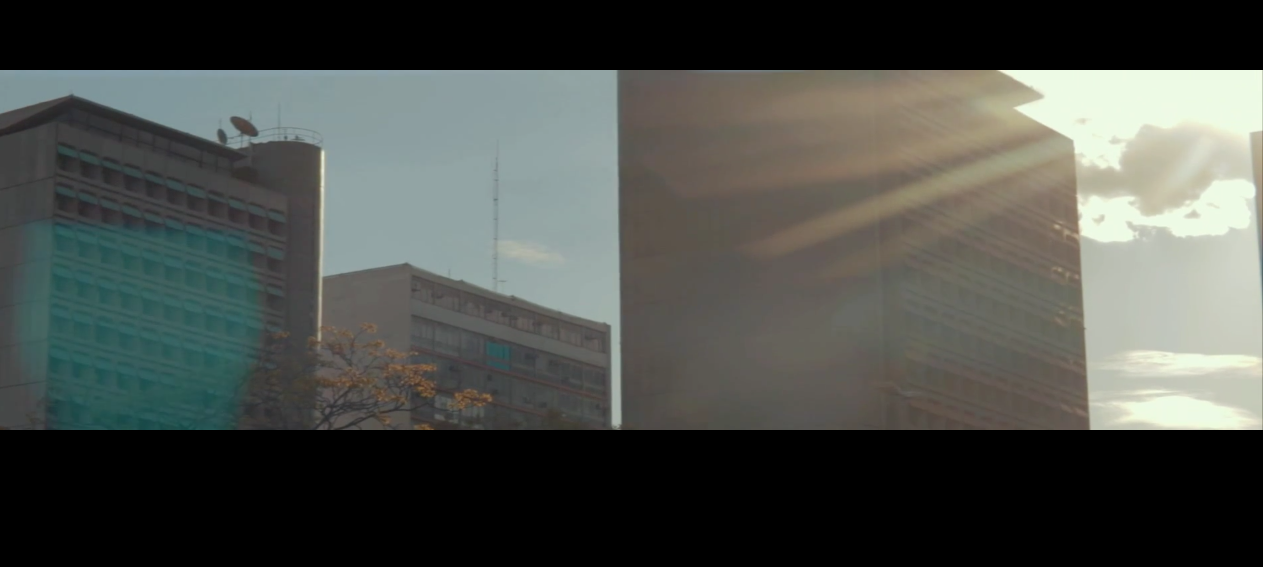
Hi! I am a robot. I just upvoted you! I found similar content that readers might be interested in:
https://en.wikipedia.org/wiki/Anamorphic_format
Downvoting a post can decrease pending rewards and make it less visible. Common reasons:
Submit
hello cheetah !!
Downvoting a post can decrease pending rewards and make it less visible. Common reasons:
Submit